Magnesium powder was added to two different salt solutions in beakers (I) and (II) as shown in the given figures. Answer the questions that follow:
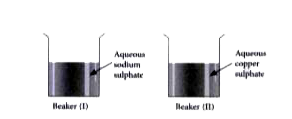
What can you deduce about the order of reactivity of the three metals? Write the order.
Sodium is more reactive than magnesium which in turn is more reactive than copper, Na > Mg > Cu.
Topper's Solved these Questions
- FOOTSTEPS towards(CBSE Board)Book:MTG IIT JEE FOUNDATIONChapter:FOOTSTEPS towards(CBSE Board)Exercise:SECTION - C
Explore 11 Videos
- FOOTSTEPS TOWARDS (NEET)Book:MTG IIT JEE FOUNDATIONChapter:FOOTSTEPS TOWARDS (NEET)Exercise:Multiple Choice Question
Explore 45 Videos
- MATERIALS : METALS AND NON-METALSBook:MTG IIT JEE FOUNDATIONChapter:MATERIALS : METALS AND NON-METALSExercise:Olympiad/HOTS Corner
Explore 20 Videos
Similar Questions
Magnesium powder was added to two different salt solutions in beakers (I) and (II) as shown in the given figures. Answer the questions that follow:
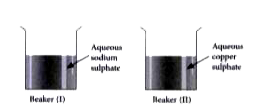
Write an equation for the reaction that takes place.
View SolutionMagnesium powder was added to two different salt solutions in beakers (I) and (II) as shown in the given figures. Answer the questions that follow:
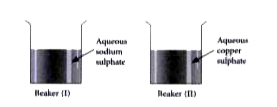
What would you observe when magnesium powder is added to beaker (II)? Explain your answer.
View Solution
Knowledge Check
On the occasion of diwali , Sneha made a rangoli. By using two different colours red and green as shown in given figure. Answer the following questions :
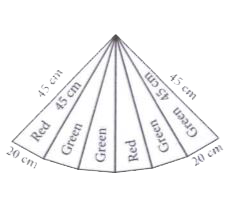
What is the total area used for rangoli ?A300√77 cm2B250 cm2C350 cm2D216√77cm2
Magnesium powder was added to two different salt solutions in beakers (I) and (II) as shown in the given figures. Answer the questions that follow:
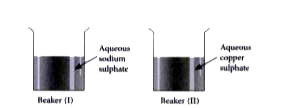 What would you observe when magnesium powder is added to beaker (I)? Explain your answer.
What would you observe when magnesium powder is added to beaker (I)? Explain your answer.
View SolutionLook at the figure shown and answer the following questions :
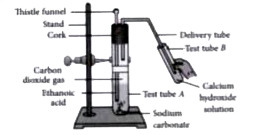
What change would you observe in the calcium hydroxide solution taken in test tube B?
View SolutionRadha arranged three set-ups as shown in the following figures. She observed that reactions take place in all the three experiments. Answer the questions that follow:
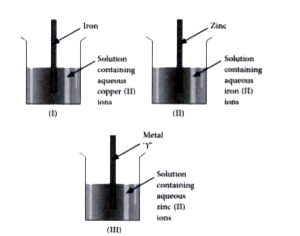
What can be metal 'Y?
View SolutionSamples of four metals A, B, C and D were taken and were added to the following solutions one by one.
The results obtained have been tabulated as follows :
MetalSolution to which metal is addedIron(II) sulphateCopper(II) sulphateZince sulphateSilver nitrateANo reactionDisplacement __ __BDisplacement __No reaction __CNo reactionNo reactionNo reactionDisplacementDNo reactionNo reactionNo reactionNo reaction
Use the table given above to answer the following questions :
(a) Which is the most reactive metal ?
(b) What would you observe when B is added to solution of copper(II) sulphate ?
(c ) Arrange the metals A, B, C and D in order of increasing reactivity.
View SolutionFor a general reaction A→B, plot of concentration of A vs time is given in figure. Answer the following questions on the basis of this graph.
(i) what is the order of the reaction?
(ii) What is the slope of the curve ?
(iii) What are the units of rate constant?
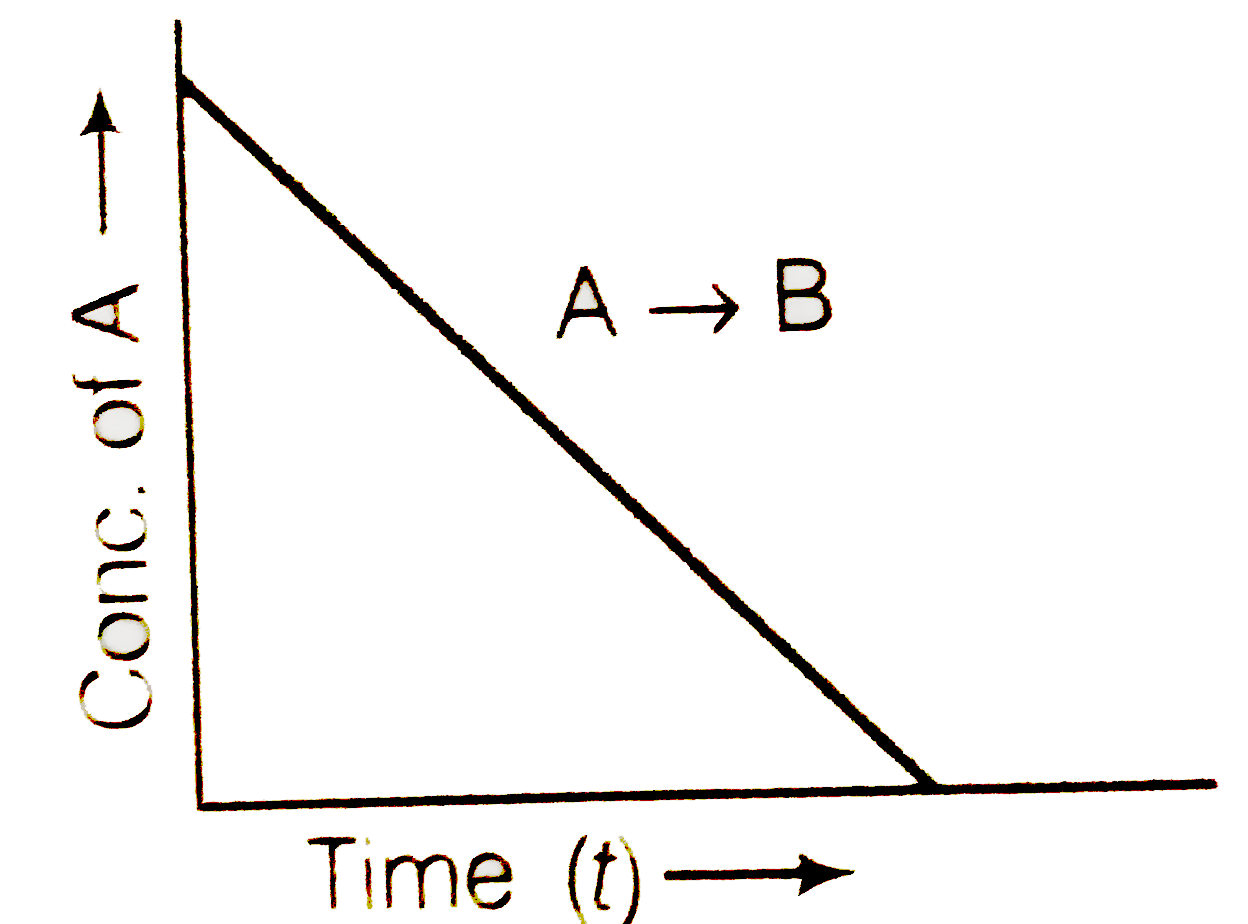
View SolutionSamples of four metals A, B, C and D were taken and added to the following solution one by one. The results obtained have been tabulated as follows:

Use the Table given above to answer the following questions about metals A, B, C and D:
(i) Which is the most reactive metal ? (ii) What would you observe if B is added to a solution of Copper(II) sulphate ? (iii) Arrange the metals A, B, C and D in the order of decreasing reactivity.
View SolutionRadha arranged three set-ups as shown in the following figures. She observed that reactions take place in all the three experiments. Answer the questions that follow:
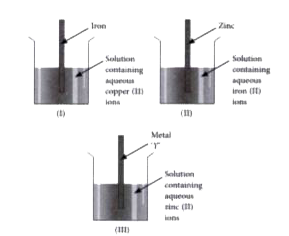
Arrange the four metals in order of increasing reactivity.
View Solution